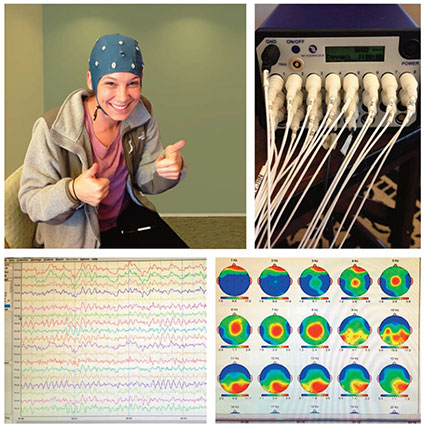
qEEG involves placing small electrodes on the head to capture brain waves. These brain waves are then examined to detect trends that may indicate sleep conditions, including sleep apnea. By examining these patterns, medical providers can obtain a clearer picture of how sleep apnea interrupts normal brain activity during sleep. This information can be crucial for formulating efficient treatment strategies customized to specific patients. Understanding the relationship between qEEG and sleep apnea can result to enhanced identification methods and superior results for those impacted by this disorder.
Research has demonstrated that people with sleep apnea often display specific changes in their brain wave patterns. For example, during episodes of apnea, the brain may show heightened activity in specific regions while additional regions become less active. These changes can affect how well a person sleeps and how refreshed they perceive upon important source waking. By employing qEEG to track these brain wave patterns, physicians can recognize particular traits of sleep apnea in clients, which can help in making a more accurate diagnosis. This is especially crucial because sleep apnea can occasionally be mistaken for alternative sleep conditions, leading to inappropriate treatments.
In addition to improving diagnosis, qEEG can also play a role in evaluating the efficacy of therapies for sleep apnea. For example, after a patient starts using a constant beneficial airway force (CPAP) device, which assists maintain the passage clear during slumber, qEEG can be utilized to evaluate alterations in cerebral activity. If the brain exhibits improved trends of slumber after starting treatment, it may suggest that the treatment is functioning well. This response can assist physicians formulate required modifications to therapeutic plans, ensuring that clients receive the optimal treatment possible.
Overall, the connection between qEEG and sleep apnea patterns is an promising area of research that holds promise for improving identification and therapy. By understanding how sleep apnea impacts cerebral activity, medical professionals can formulate more efficient strategies to help patients achieve better sleep and enhance their general well-being. As studies continues to advance, it is likely that qEEG will become an integral instrument in the fight against sleep apnea, leading to superior results for those who experience from this difficult condition.